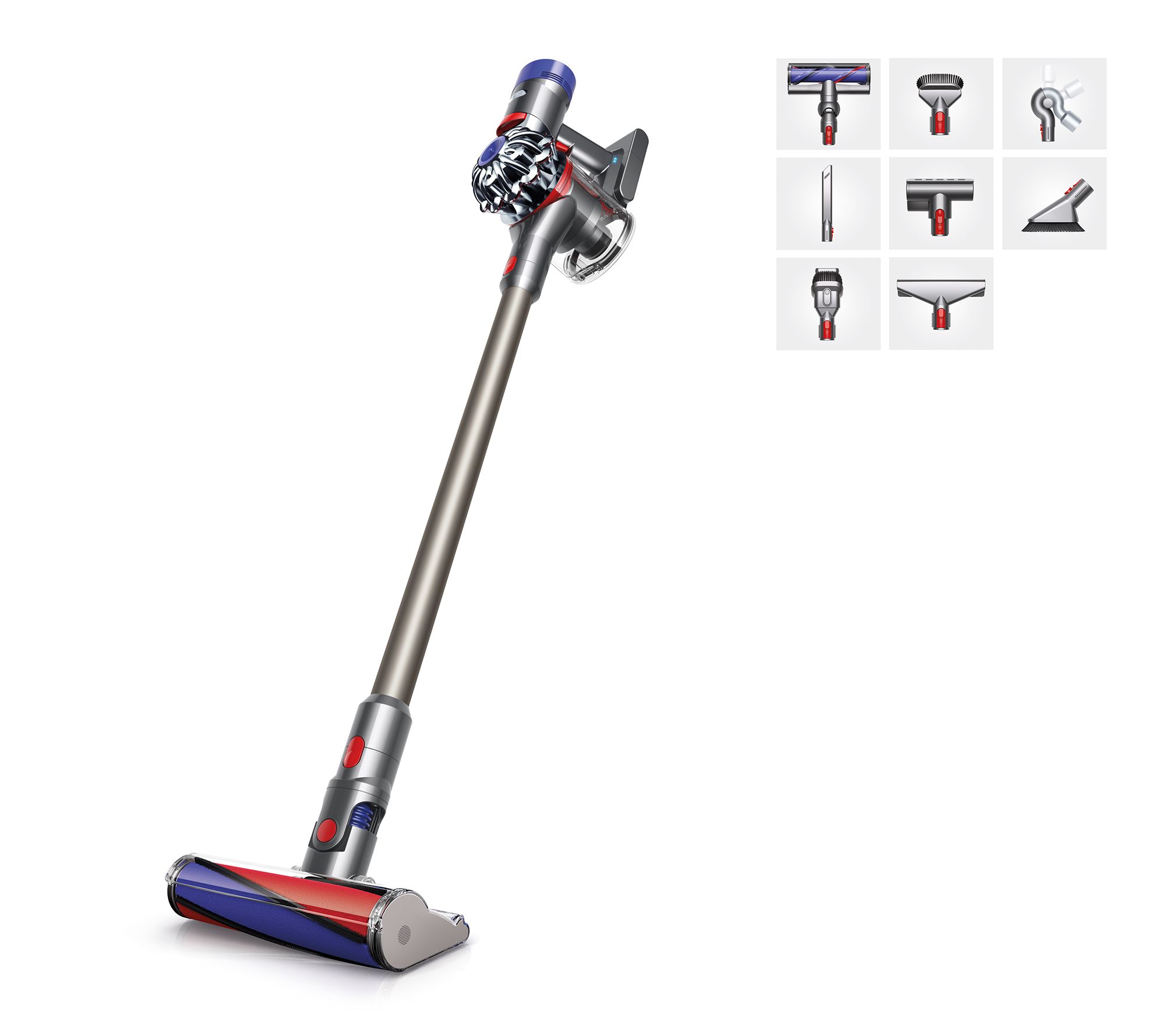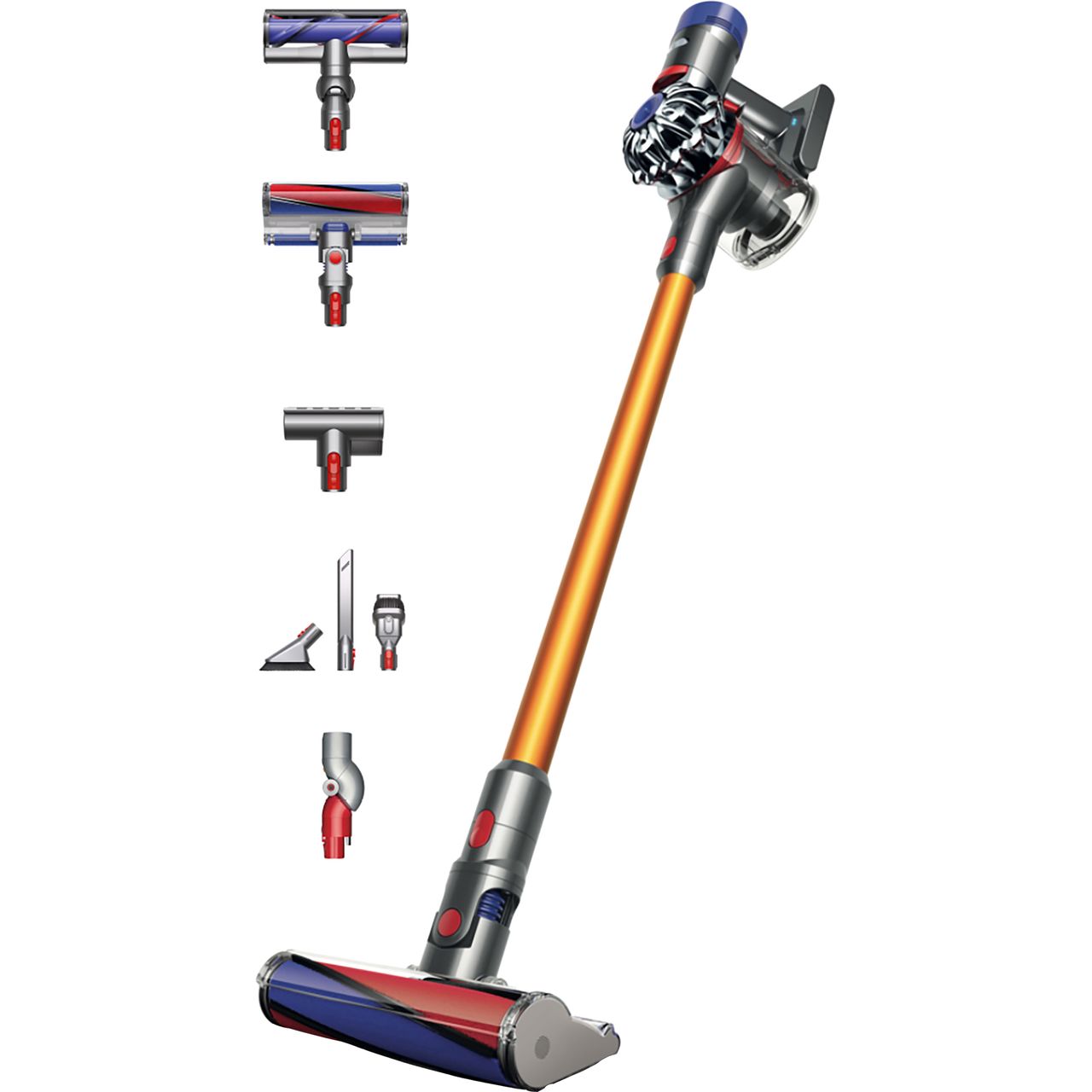Shark AI RV2001 Wi-Fi Connected Robot Vacuum with Advanced Navigation
App sync, Good for pet household, Laser smart mapping navigation, Lightweight, Multiple surface cleaning, Real-time panoramic map creation, Recharge and resume, Scheduled cleaning.
Shark AI Robot Vacuum RV2001 truly adapts to your home, so you don’t have to clean before your robot cleans. IQ Navigation is even smarter with AI Laser Vision, helping your robot avoid objects and respond to no-go zones as it cleans row by row.
- Shark innovative IQ Navigation technology with AI Laser Vision intelligently detects and avoids objects and responds to no-go zones so you don’t need to tidy before your robot runs
- Guided by IQ Navigation, your robot cleans your home row by row, room to room for up to 50% better coverage vs. traditional random bounce robots (vs Shark ION Robot R75)
- Shark’s vision module is now smarter than ever, intelligently detecting & avoiding obstacles, and responding to no-go zones that you create in the app
- Deep-cleaning power to take on large debris, small debris, and pet hair on carpets & floors
- Self-cleaning brush roll pulls in all types of hair on all surfaces without letting it wrap on the brush roll
- Shark’s innovative PowerFins brush roll digs deep into carpets and directly engages floors for incredible cleaning
- Schedule whole-home cleans or target specific rooms and areas to clean right now with the SharkClean app or voice control with Amazon Alexa or Google Assistant
- The Shark AI Robot vacuum will return to the dock, recharge, and can pick up where it left off
- Maps your home and lets you choose which rooms to immediately clean
- Vacuum cleaning path width: 5″
- Comes with a strong filter
- Includes rechargeable battery
- Features 90 minute runtime
- 35 watts
- Measures 12.52″ L x 12.83″ W x 3.48″ H
- Cordless
- Weighs 7 lb.
- 1-year limited manufacturer’s warranty
- Imported
- Model RV2001
- skuId: 69592605
Additional information
| Product Depth x Width Height (in) | 12.52 x 12.83 x 3.48 |
|---|---|
| Product Weight (lb) | 13.11 |
| Wattage | 35 watts |






by Debbie
I love this when it works! It’s constantly flashing something at me. Last night, it worked great. Most of the time, not so much.
by Maor
I’ve always heard everyone talk about how amazing a Robo Vacuum was. And how much easier it made house cleaning. This has been used daily for a good month and I haven’t had any issues with it. It’s very easy to program. And when my kids leave toys out it doesn’t try to take the toys.
by Linda
I’m very glad I made the purchase. I am a senior citizen and could not use my big vacuum any more. The Shark cleans my rugs and hardware well.
by Thildebran
I wasn’t so sure I would like this robot vacuum, but now I absolutely love it. I have 3 inside dogs and this vacuum helps me keep ahead on the pet hair everywhere!!
by Brianheit
We were able to install the app easily. It was an easy step by step instruction to get started. Once our vacuum learned our home layout, it cleaned quickly and efficiently! We love to ease of clicking a button in our cell and having it do all the work. It is an amazing asset to our home!!!